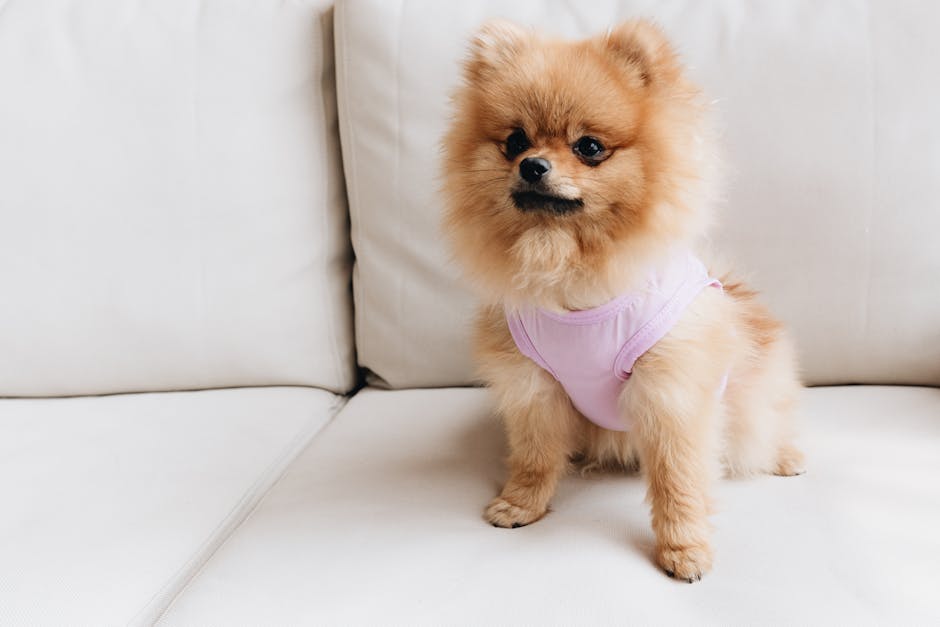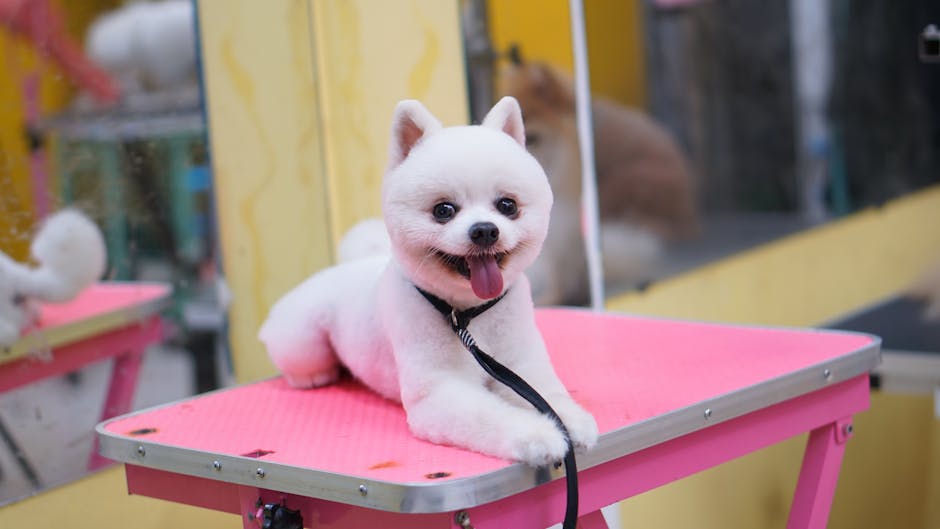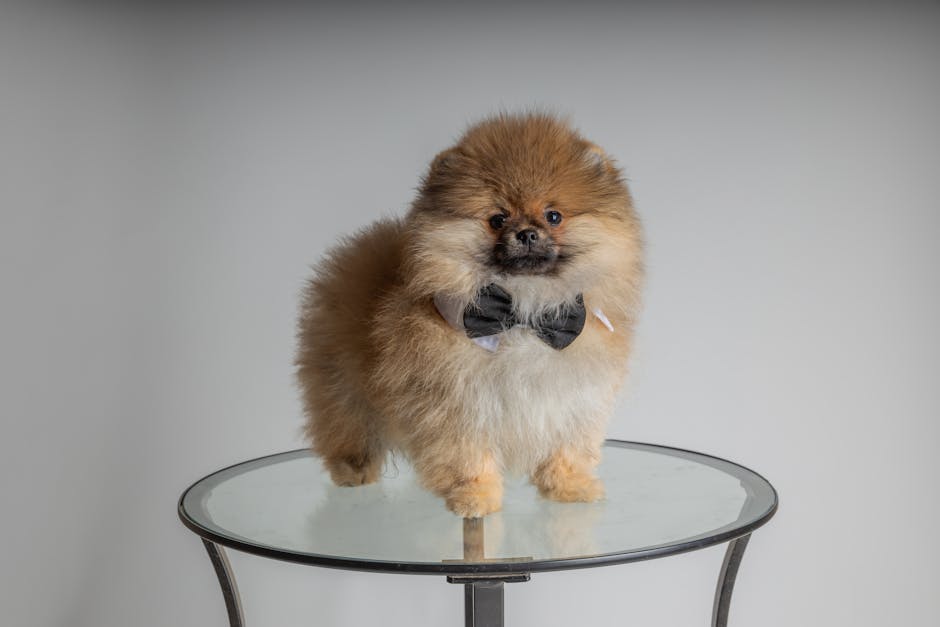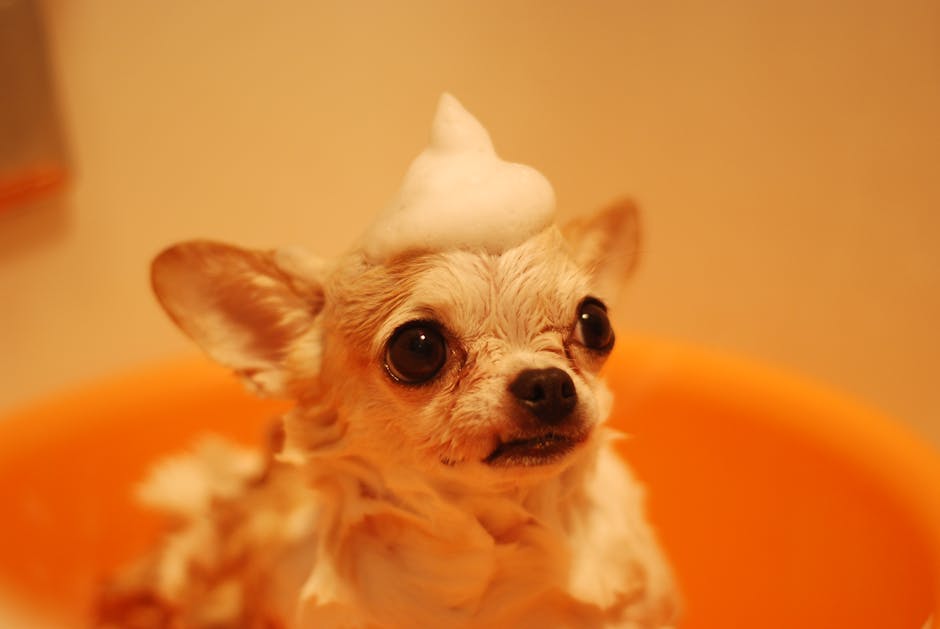Grooming Tips for Small Dog Breeds
Small dog breeds are beloved for their adorable appearance, compact size, and lively personalities. While their size may be small, their grooming needs can vary greatly from larger breeds. In this comprehensive guide, we will explore the best grooming practices for small dog breeds, helping you keep your furry friend looking and feeling their best. From coat care to nail trimming, we will cover all the essential grooming tips to ensure your small dog stays healthy and happy.
The Importance of Grooming for Small Dog Breeds

Grooming is an essential part of caring for your small dog’s overall health and well-being. Regular grooming not only keeps your dog looking neat and tidy but also helps prevent skin infections, matting, and other health issues. Small dog breeds, in particular, may require more frequent grooming due to their size and the specific needs of their coat.
By establishing a regular grooming routine, you can bond with your dog while also ensuring they are comfortable and healthy. Proper grooming can also help you detect any skin abnormalities, parasites, or other health concerns early on, allowing for prompt treatment.
Brushing and Combing

One of the most important aspects of grooming for small dog breeds is regular brushing and combing. The type of brush or comb you use will depend on your dog’s coat type whether it is short, long, curly, or wiry. Brushing helps remove loose fur, dirt, and debris, preventing matting and tangling.
For short-haired small dog breeds, a soft bristle brush or rubber grooming mitt can help remove loose hair and distribute natural oils. Long-haired small dog breeds may require a slicker brush or comb to prevent mats and tangles. Regular brushing also stimulates the skin and promotes healthy hair growth.
When brushing your small dog, be gentle and patient, especially around sensitive areas like the ears and tail. Take your time to ensure you are not causing any discomfort or pulling on the skin. Regular brushing sessions also provide a great opportunity to bond with your dog and make grooming a positive experience.
Bathing and Drying

Bathing your small dog is another important aspect of grooming, but it should be done in moderation to avoid drying out their skin and coat. Small dog breeds may need to be bathed more frequently than larger breeds due to their size and activity level.
When bathing your small dog, use a mild shampoo specifically formulated for dogs to avoid skin irritation. Be sure to rinse thoroughly to remove all traces of shampoo, as residue can cause itching and flakiness. After bathing, dry your dog thoroughly with a towel or blow dryer on a low, cool setting. Pay special attention to the ears, paws, and underbelly to prevent moisture-related skin issues.
Regular bathing can help keep your small dog’s coat clean and healthy, but be mindful not to overdo it. Consult with your veterinarian or groomer to determine the best bathing schedule for your small dog breed.
Nail Trimming

Keeping your small dog’s nails trimmed is essential for their comfort and mobility. Overgrown nails can cause pain, difficulty walking, and even lead to joint issues over time. Regular nail trims are an important part of your small dog’s grooming routine.
Using a pair of dog nail clippers, carefully trim the tips of your dog’s nails, being mindful of the quick the blood vessel inside the nail. If your dog has clear nails, you can see the quick as a pink area inside the nail. For dogs with dark nails, trim small amounts at a time and stop when you see a black dot in the center of the cut surface.
If you are unsure about how to trim your small dog’s nails, consult with a professional groomer or veterinarian. They can demonstrate the proper technique and provide guidance on how to make nail trimming a stress-free experience for both you and your dog.
Ear Cleaning
Small dog breeds, especially those with long ears, are prone to ear infections due to their anatomy and the accumulation of moisture and debris. Regular ear cleaning is essential to prevent infections and maintain your dog’s ear health.
To clean your small dog’s ears, use a veterinarian-approved ear cleaning solution and cotton balls or pads. Gently wipe the outer ear and the visible part of the ear canal, being careful not to insert anything into the ear canal itself. If you notice any redness, swelling, foul odor, or discharge during ear cleaning, consult with your veterinarian for further evaluation.
Regular ear cleaning can help prevent ear infections and discomfort for your small dog. Make ear cleaning a part of your grooming routine to keep your dog’s ears clean and healthy.
Trimming and Styling
While small dog breeds may not require as much trimming and styling as some larger breeds, regular maintenance of their coat is still essential. Depending on your small dog’s breed and coat type, you may need to trim the hair around their eyes, paws, and sanitary areas to keep them clean and tidy.
For small dog breeds with longer hair, regular trims can help prevent matting and tangling, especially in areas prone to friction or moisture. You can also consult with a professional groomer to learn about different styling options for your small dog, from puppy cuts to breed-specific trims.
Keep in mind that grooming preferences can vary, so choose a grooming style that suits your small dog’s needs and your lifestyle. Regular maintenance and occasional visits to a professional groomer can help keep your small dog looking their best.
Common Misconceptions about Grooming Small Dog Breeds
There are several common misconceptions about grooming small dog breeds that can lead to confusion or misinformation. One common misconception is that small dogs do not require as much grooming as larger breeds. While small dog breeds may have less hair than some larger breeds, they still require regular grooming to maintain their coat and overall health.
Another misconception is that grooming is purely cosmetic and unnecessary. In reality, grooming is an essential part of caring for your small dog’s health, comfort, and well-being. Proper grooming can help prevent skin infections, matting, and other health issues, making it a crucial aspect of responsible pet ownership.
By debunking these common misconceptions and understanding the importance of grooming for small dog breeds, you can provide the best care for your furry friend and ensure they stay happy and healthy.
Conclusion
In conclusion, grooming small dog breeds requires time, patience, and dedication to keep your furry friend looking and feeling their best. From brushing and combing to bathing and nail trimming, each aspect of grooming plays a crucial role in maintaining your small dog’s health and well-being.
By establishing a regular grooming routine and following the tips outlined in this guide, you can ensure your small dog stays clean, comfortable, and healthy. Remember to consult with your veterinarian or a professional groomer if you have any questions or concerns about grooming your small dog breed.
Investing time and effort into grooming your small dog is not only a way to bond with your pet but also a way to show them love and care. With proper grooming, your small dog can look and feel their best, bringing joy and companionship to your life for years to come.




